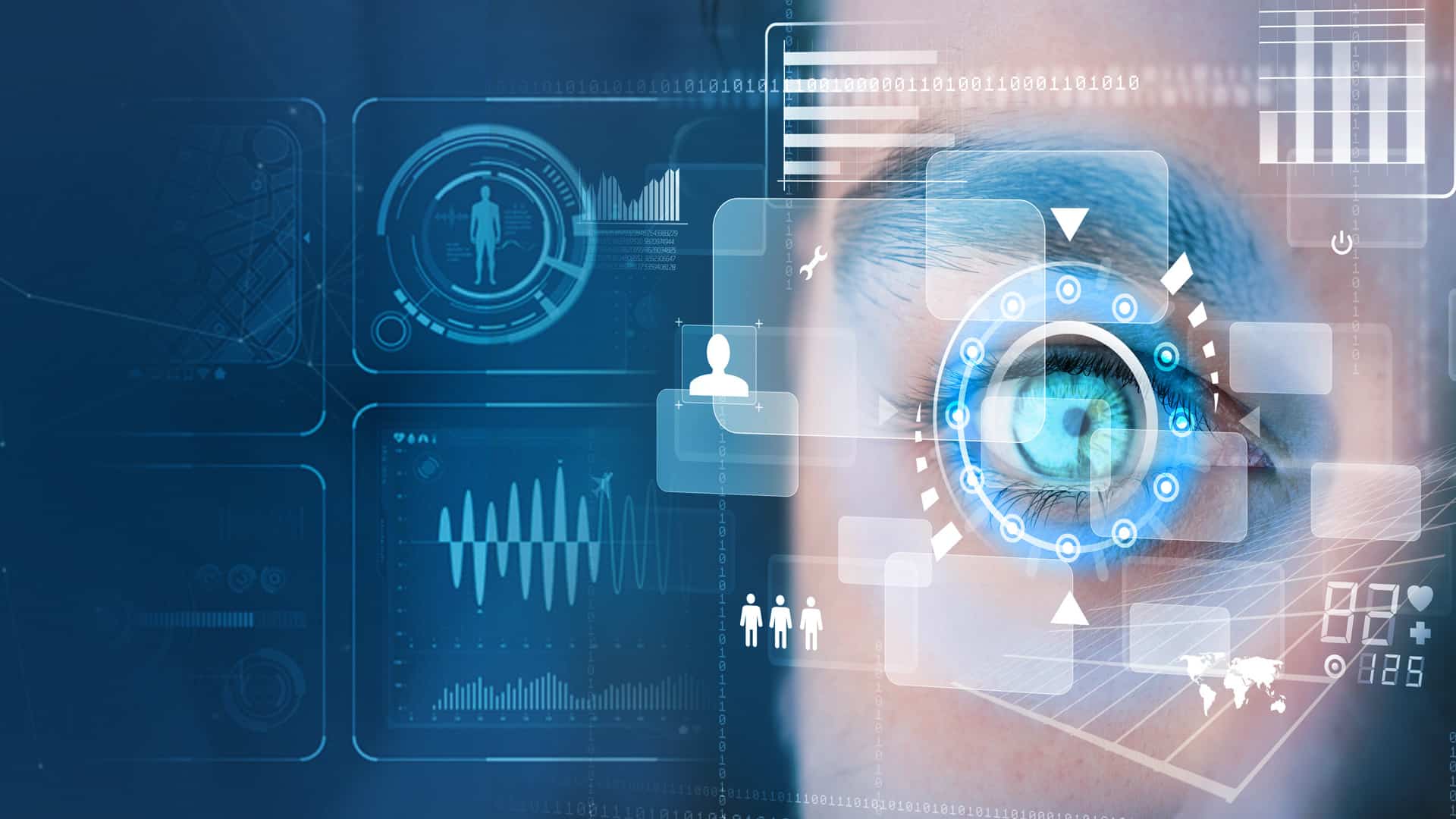Computer Vision In the modern era, the ubiquitous presence of computers has revolutionized various aspects of our lives. From intricate computational algorithms to cutting-edge technologies like Computer Vision, these machines have become an integral part of our daily routines. Let us delve into the realm of computers, exploring their functionalities, advancements, and the fascinating world of Computer Vision through captivating examples.
Evolution and Functionality of Computers
The evolution of computers can be traced back to their primitive forms, such as the abacus, which laid the foundation for calculating devices. Over the years, advancements in technology and innovative thinking led to the creation of more sophisticated computational machines.
A computer, in its most basic sense, is an electronic device capable of performing various operations. It comprises multiple components, including the central processing unit (CPU), memory, storage, and input/output devices. The CPU acts as the brain of the computer, executing instructions and performing calculations.
Diving into Computer Vision
One remarkable field that has gained considerable attention in recent times is Computer Vision. It empowers computers with the ability to perceive and interpret visual information, mimicking the human visual system. Computer Vision has witnessed tremendous advancements, enabling machines to recognize objects, analyze images and videos, and extract valuable insights.
Examples of Computer Vision Applications
Object Recognition and Tracking:
Computer Vision has revolutionized the way computers perceive and identify objects. With advanced algorithms and neural networks, machines can now recognize and track various objects in real-time. This capability finds applications in diverse areas, including autonomous vehicles, surveillance systems, and augmented reality.
Facial Recognition:
Another groundbreaking application of Computer Vision is facial recognition. Through complex algorithms and deep learning techniques, computers can analyze facial features and match them against a database of known individuals. This technology has found its way into security systems, access control, and even social media applications.
Medical Imaging:
Computer Vision has also made significant strides in the field of medical imaging. Computers can analyze medical scans, such as X-rays and MRI images, to assist doctors in diagnosing diseases, identifying abnormalities, and providing more accurate treatment options. This application has the potential to revolutionize healthcare by enhancing diagnostic accuracy and efficiency.
Autonomous Robotics:
In the realm of robotics, Computer Vision plays a pivotal role in enabling machines to interact with the physical world. Robots equipped with vision systems can navigate through complex environments, detect and manipulate objects, and even interact with humans. These advancements have opened up possibilities in areas like industrial automation, logistics, and healthcare.
Future Prospects and Challenges
As continues to advance, there are exciting prospects on the horizon. The integration of artificial intelligence, machine learning, and big data analytics holds immense potential for furthering the capabilities of computer systems. From improved object recognition algorithms to enhanced real-time video analysis, the future of Computer Vision appears promising.
However, along with opportunities, there are challenges that need to be addressed. Developing robust algorithms that can handle diverse scenarios, ensuring privacy and ethical considerations in facial recognition technologies, and mitigating biases in automated decision-making are among the key challenges that lie ahead.
Conclusion:
The computer has evolved into an indispensable tool that permeates nearly every aspect of our lives. The advent of has brought about a new era of possibilities, empowering machines with the ability to interpret visual data. From object recognition to medical imaging and autonomous robotics, the applications of continue to shape various industries. As technology progresses, addressing challenges and leveraging its potential will enable us to unlock new frontiers in the ever-evolving world of computers.

